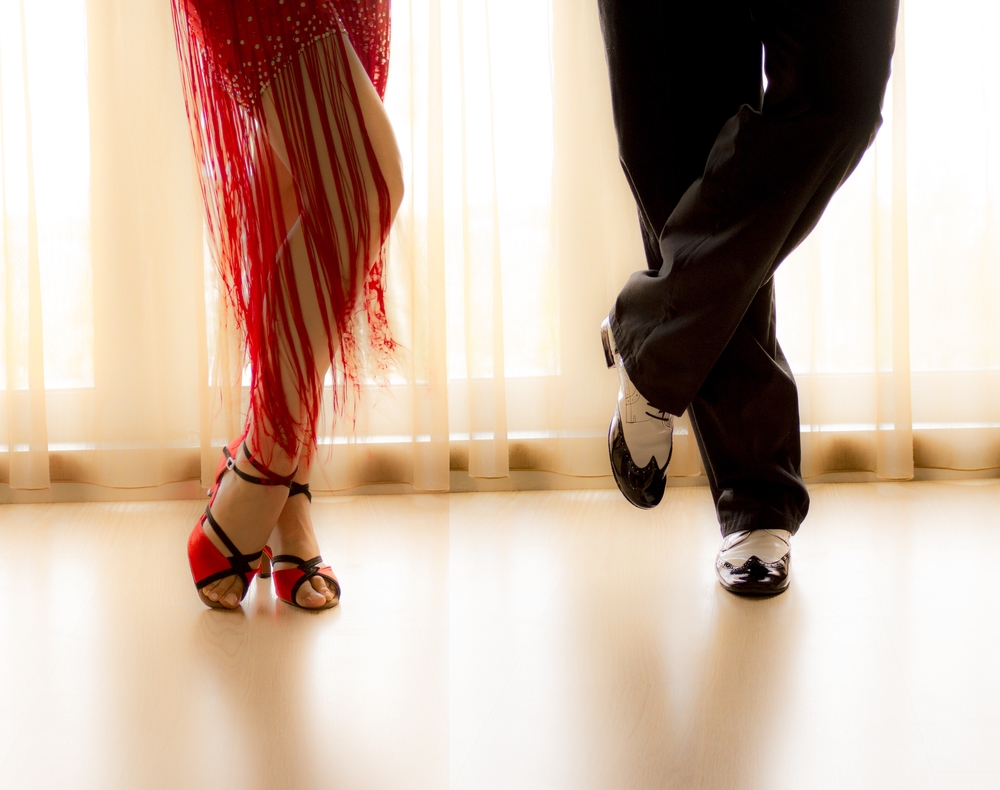Longtime readers of this newsletter know there are many recommended ways to reduce your risk of developing Alzheimer’s disease and other dementias.
These include reading fiction, being social, exercising, eating well, playing board games and getting hearing aids if you’re experiencing age-related hearing loss.
Now here’s another thing showing up in the research that can benefit your brain as well as your social life…
Read on to discover how dancing can keep Alzheimer’s disease and other dementias away. Long known to be good exercise and a potent stress-reducer, scientific research shows dancing is good for your brain, too. You can do it with your favorite person… at home or out in public… and as fast or slow as you like…
Benefits of Dancing are Downright Shocking
A 21-year study (between 1980 and 2001) published in the New England Journal of Medicine in 2003 followed the 469 participants of the Bronx Aging Study. The aim was to research the correlation between participation in leisure activities and the development of Alzheimer’s disease and other dementias.
Participants were between the ages of 75 and 85 and free from dementia at the beginning of the study. They were interviewed about how often they indulged in cognitive leisure activities such as writing for pleasure, doing crossword puzzles and playing musical instruments, as well as physical activities like playing tennis or golf, swimming, housework, bowling and dancing.
During the 21-year study researchers continually assessed participants’ brain functioning through observation, neuropsychological tests and the Blessed test (a short screening test designed to assess early cognitive impairment associated with dementia).
When the researchers put the rates of dementia together with the participants’ leisure activities they made some remarkable discoveries…
When it came to cognitive activities, reading, playing board games and playing musical instruments were associated with a lower risk of dementia. But among physical activities, dancing was the only one linked with a lower risk of dementia.1
While researchers discovered that reading correlated with a 35% reduction in the risk of dementia, they found that dancing was associated with a 76% reduction. That ranked as the greatest risk reduction of any activity studied, cognitive or physical.2
Strictly Ballroom
You may be wondering if every kind of dancing provides this neurological benefit. The answer is… probably not. The study falls short in that it doesn’t clearly identify the types of dancing the participants engaged in.
However, knowing what we do about neural pathways, we know that doing new things that test and increase intelligence encourages the brain to create more synapses and become stronger over time.
Dancing engages several brain functions at once: musical, emotional, rational and kinesthetic (the connection between your brain and your body). It’s a type of activity that fires up thousands of neural pathways. When done consistently and frequently, it keeps your brain firing on all cylinders.
We can deduce, based on the age of the participants and the years when the study was conducted, that they grew up in the 1920s 1930s and 1940s. In those days, people danced in the social ballroom style of “lead and follow,” which requires split-second decision making and attention to detail.
Dances like the foxtrot, cha-cha, quickstep, paso doble and rumba are lively, dynamic dances that require two people to be in sync with the music and with each other, calling for a great amount of concentration that builds neuroplasticity. You have to practice – a lot – if you want to become good at it. “Building neuroplasticity” basically means you rewire brain pathways to the point where an activity becomes automatic and fairly effortless.
So free-form dancing and dance that simply retraces steps won’t give your brain the workout and resulting benefit these other dances will, although they will reduce stress and get your blood flowing, which are essential to overall good health. So if you like to turn the radio on and move around, don’t stop.
Frequency is important as well. The more often you dance, the stronger your synapses and the less your risk of developing Alzheimer’s disease and other dementias.
So start today and practice often!







